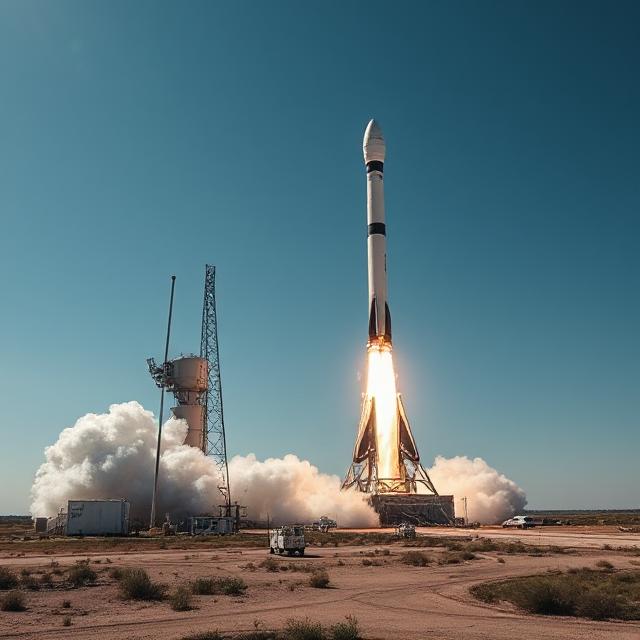SPaceX Starship’s Ninth Test Flight Failed: What It Means for Mars Ambitions
On May 27, 2025, SpaceX’s ninth test flight of the Starship spacecraft failed when the upper-stage rocket disintegrated during re-entry over the Indian Ocean.
This is the third straight failure in 2025, after unsuccessful attempts in January and March.

Mission Overview
Launch Date and Time: May 27, 2025, at 23:36 UTC (6:36 PM CDT).
Launch Site: Starbase, Texas.
Spacecraft: Starship Ship 35.
Super Heavy Block 2, Booster 14-2.
Payload: About 16,000 kilograms (35,000 lbs) of Starlink mass simulators.
Flight Objective: Achieve orbital velocity and demonstrate reusability of both upper and lower stages
Space Insider+4Wikipedia+4Wikipedia+4Space+3The Times of India+3AP News+3
The mission began successfully, with the Super Heavy rocket delivering the Starship into space.
However, during the descent phase, the upper-stage vehicle lost attitude control, resulting in disintegration upon re-entry. The booster was destroyed during the landing burn over the Gulf of Mexico.

SpaceX Starship rocket launches from Starbase, Texas in historic Mars mission test flight
Analysis of Failure
This failure follows a trend seen in earlier test flights, in which the upper-stage vehicle encountered abnormalities that resulted in mission termination.
In January 2025, the spacecraft’s six engines shut down consecutively after roughly nine minutes, resulting in a loss of communication and annihilation.
The Times of India+1The Guardian+1The Guardian+1Space+1
Experts believe that, while these setbacks are normal in the iterative process of aerospace development, the accumulated failures may raise worries about the project’s feasibility and the financial sustainability of such high-cost missions.
Implications of Mars and Lunar Missions
Starships are crucial to SpaceX’s aspirations for interplanetary travel, which include missions to Mars and the Moon.
The spacecraft is also a significant component of NASA’s Artemis program, with SpaceX receiving a $2.9 billion contract to create a lunar variant. Business Standard
However, repeated test failures could push back these ambitious timetables, jeopardizing NASA’s objectives and the larger aspirations of Mars settlement.
The Federal Aviation Administration (FAA) continues to monitor the program to ensure compliance with safety standards.
Broader Impacts
The starship is essential not only to Musk’s Mars ambitions, but also to NASA’s Artemis mission, which seeks to return humans to the Moon by 2030.
Its heavy-lift capabilities are also linked to possible US defense projects, such as Trump’s “golden dome” missile shield.
Delays and failures could push NASA and other clients to consider competitors, notably Blue Origin.
Investor Concerns
According to the story, Musk’s increasing political activism, including controversial appearances at groups like as CPAC, may be diverting attention away from his enterprises.
Investors are allegedly concerned about the profitability of Musk’s different enterprises amid these high-profile Starship failures and his political excursions.

SpaceX Starship rocket launches from Starbase, Texas in historic Mars mission test flight
Conclusion
While Musk has a track record of overpromising and subsequently delivering transformational technology (e.g., Tesla and Falcon 9), this run of Starship failures puts that story to the test.
The essay raises a fundamental question: Has Musk finally overreached?
Despite the difficulties, SpaceX’s track record, particularly with reusable launch vehicles, ensures the long-term ambition remains alive.
However, with major milestones still unmet and rising external scrutiny, the future of Starship—and, by implication, Musk’s Mars vision—is very dubious.

